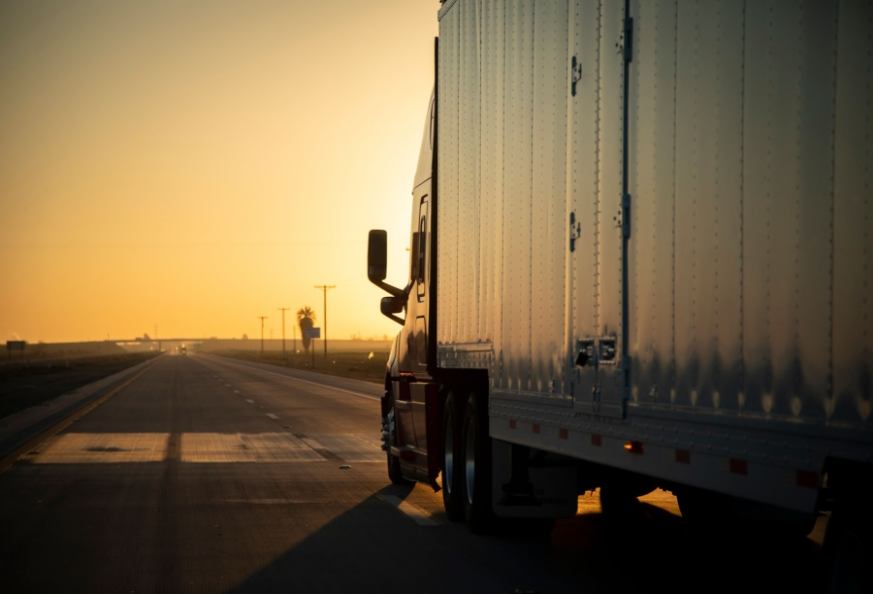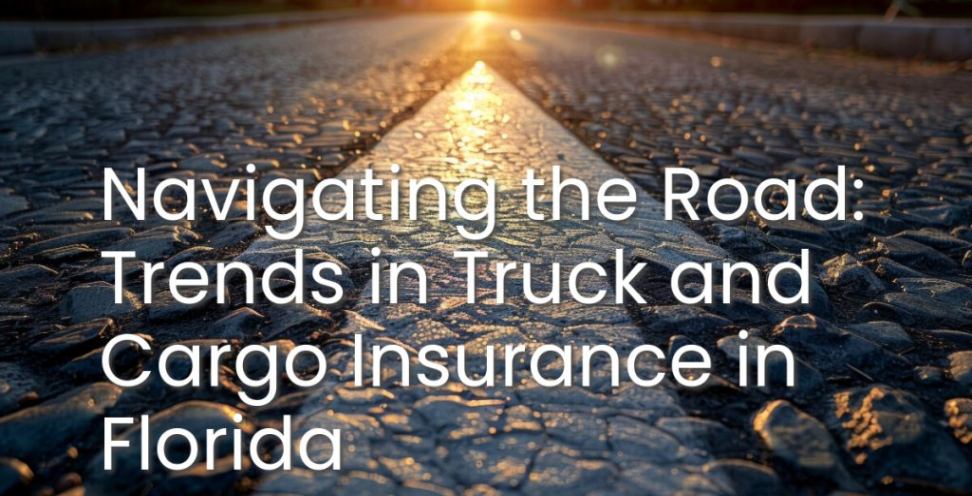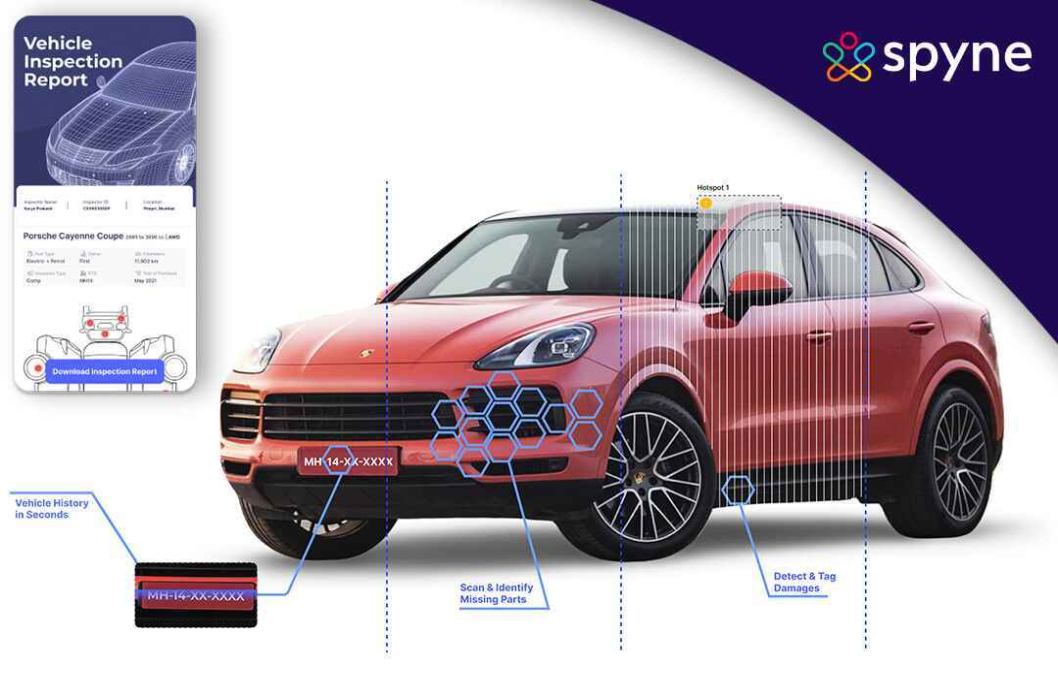Understanding Trucking and Vehicle Insurance
Introduction to Trucking Insurance
Trucking insurance is a complex yet essential aspect of operating a commercial vehicle. Without adequate coverage, truckers and their companies can face significant financial risks. It’s not just about meeting legal requirements; it’s about protecting your livelihood and assets.

There are various types of trucking insurance policies, each designed to cover different aspects of the business. From liability insurance to cargo insurance, understanding the nuances can be daunting. However, it’s crucial for all truckers and trucking companies to familiarize themselves with these policies. Comprehensive knowledge of these policies not only ensures compliance with laws and regulations but also helps in making informed decisions to safeguard your business against unforeseen circumstances.
Types of Trucking Insurance
Liability Insurance
Liability insurance is mandatory for all commercial trucking operations. This type of insurance covers damages or injuries that the truck driver may cause to other people or property. It’s the primary form of protection that ensures you can cover the costs of accidents.
The coverage limits for liability insurance can vary. Typically, higher coverage limits will provide greater protection but at a higher premium. It’s essential to assess your needs and risks to determine the most suitable coverage for your operations. For instance, if your routes frequently traverse through densely populated urban areas, opting for higher coverage might be prudent given the increased risk of accidents and higher cost of property damage.
Cargo Insurance
Cargo insurance is another critical component of trucking insurance. This policy covers the goods being transported in the event of damage or theft. For companies that haul valuable goods, cargo insurance is non-negotiable.

There are various levels of cargo insurance coverage. Some policies may cover specific types of goods, while others offer more comprehensive protection. Considering the value and type of cargo you transport will help you choose the best policy. For example, transporting perishable goods like food items might require a policy that covers spoilage due to delays or mechanical failures, whereas high-value electronics would need protection against theft and damage.
Physical Damage Insurance
Physical damage insurance covers the truck itself. This includes collision coverage, which pays for damages to your truck in an accident, and comprehensive coverage, which covers non-collision-related incidents such as theft or natural disasters.
Maintaining your truck is crucial for your business. Investing in physical damage insurance ensures that you can repair or replace your vehicle without incurring substantial out-of-pocket expenses. For owner-operators, this type of insurance is particularly vital as it directly impacts their ability to continue working and earning income.
Non-Trucking Liability Insurance
Non-trucking liability insurance provides coverage for incidents that occur when the truck is not being used for business purposes. This is particularly important for owner-operators who may use their trucks for personal reasons.
Understanding the distinction between business and non-business use is vital. Non-trucking liability insurance offers peace of mind when your vehicle is off-duty. For instance, if you use your truck for a weekend trip and an accident occurs, this insurance ensures that you’re still covered, thus protecting your personal finances.
Factors Influencing Insurance Premiums
Several factors influence the cost of trucking insurance premiums. These factors vary from one insurance company to another, but some common elements include:
- Driving history and experience of the truck driver.
- Type and value of the truck and cargo.
- Coverage limits and deductibles.
- Location and routes regularly traveled.
- Safety measures and compliance with regulations.
Maintaining a clean driving record and adhering to safety regulations can help reduce insurance costs. Additionally, investing in safety features for your truck can also lead to lower premiums. For example, installing advanced driver-assistance systems (ADAS) or telematics devices that monitor driving behavior can significantly decrease the likelihood of accidents and thus reduce your insurance premiums.
Vehicle Insurance for Personal Use
Comprehensive Coverage
Comprehensive vehicle insurance covers a wide range of incidents that may not be related to driving. This includes theft, vandalism, natural disasters, and even hitting an animal. It’s an essential coverage for those looking to protect their vehicle from various risks.

Unlike liability insurance, comprehensive coverage is optional. However, for those who have a new or valuable vehicle, it’s an investment worth considering. The peace of mind it offers can be invaluable in the event of unexpected incidents. Comprehensive coverage is particularly beneficial in areas prone to natural disasters such as floods, hurricanes, or wildfires, ensuring your investment is protected against all odds.
Collision Coverage
Collision coverage pays for damages to your car resulting from an accident, regardless of who is at fault. This coverage is particularly important for protecting your vehicle’s value and ensuring you can get back on the road quickly after an accident.
While collision coverage is optional, it is highly recommended. Repairing or replacing a vehicle can be costly, and collision coverage helps mitigate these expenses. This type of insurance is especially beneficial for new drivers or those who commute long distances daily, where the probability of accidents is higher.
Uninsured/Underinsured Motorist Coverage
Uninsured/underinsured motorist coverage protects you if you’re involved in an accident with a driver who doesn’t have sufficient insurance. This coverage is crucial because not all drivers adhere to insurance requirements.
Without this coverage, you could be left covering the costs of an accident caused by an underinsured driver. It’s a safeguard against the unpredictability of other drivers on the road. Given the high medical and repair costs that can arise from accidents, this coverage ensures you aren’t financially vulnerable due to someone else’s negligence.
Personal Injury Protection (PIP)
Personal injury protection (PIP) covers medical expenses and lost wages for you and your passengers in the event of an accident. This coverage is essential for those who want comprehensive protection for their well-being.
Medical expenses can quickly add up after an accident. PIP ensures that you have the necessary financial support to cover these costs, allowing you to focus on recovery. Furthermore, PIP can cover ancillary costs such as rehabilitation services and even funeral expenses, providing a comprehensive safety net for your physical and financial well-being.
Conclusion
Understanding the various aspects of trucking and vehicle insurance is vital for anyone in the transportation industry or those who own a vehicle. From mandatory liability insurance to optional comprehensive coverage, each policy offers different levels of protection.
By assessing your needs, understanding the risks, and choosing the right coverage, you can ensure that you’re adequately protected. Whether you’re a commercial trucker or a personal vehicle owner, the right insurance can provide peace of mind and financial stability. Staying informed about the latest insurance products and industry trends can further help in optimizing your coverage and making the most cost-effective decisions.










